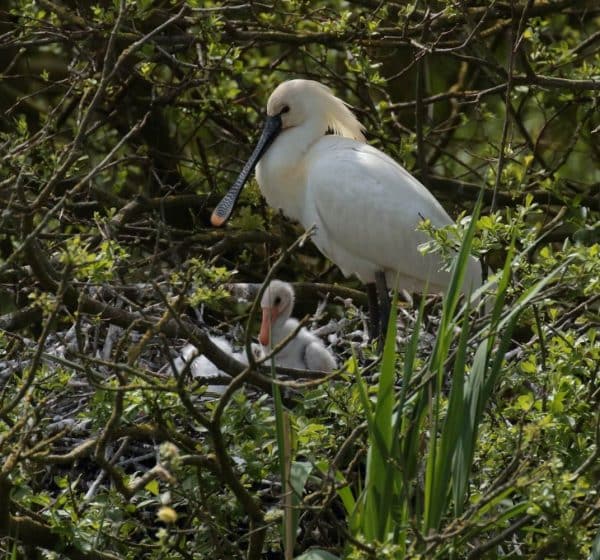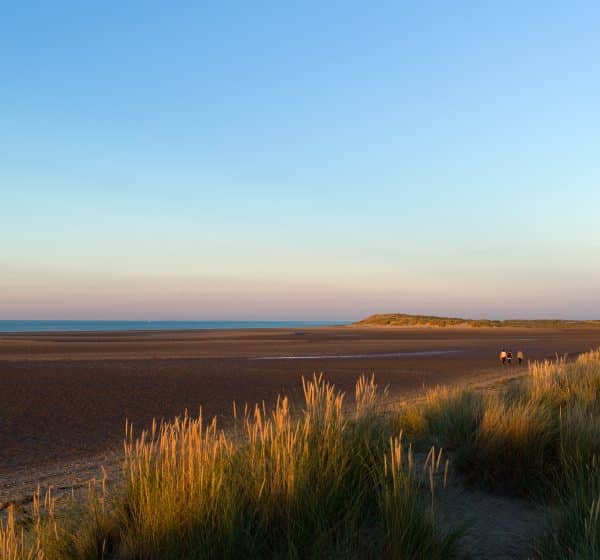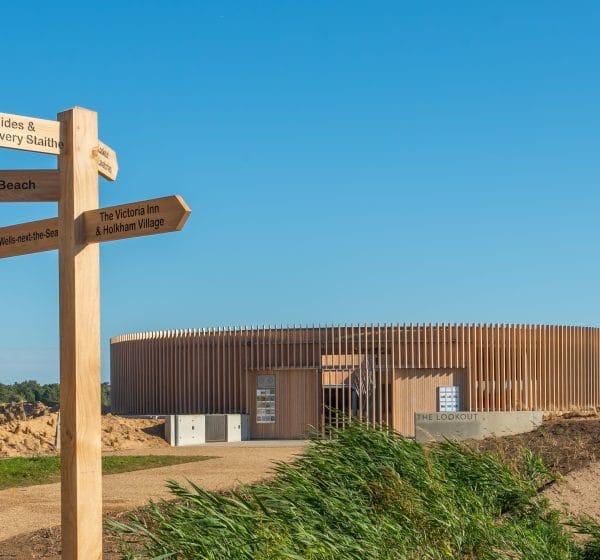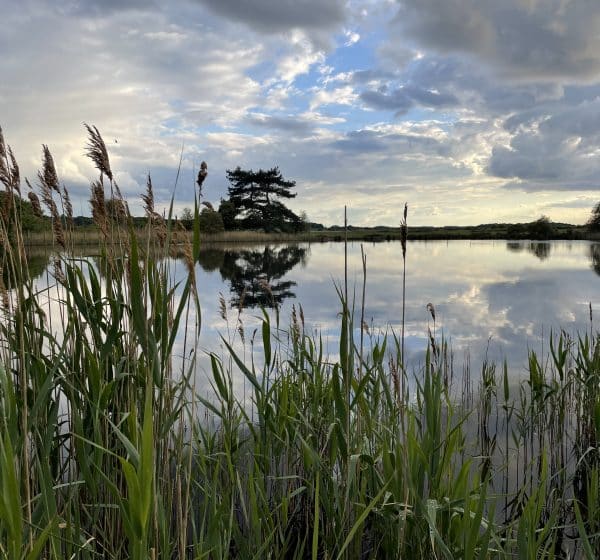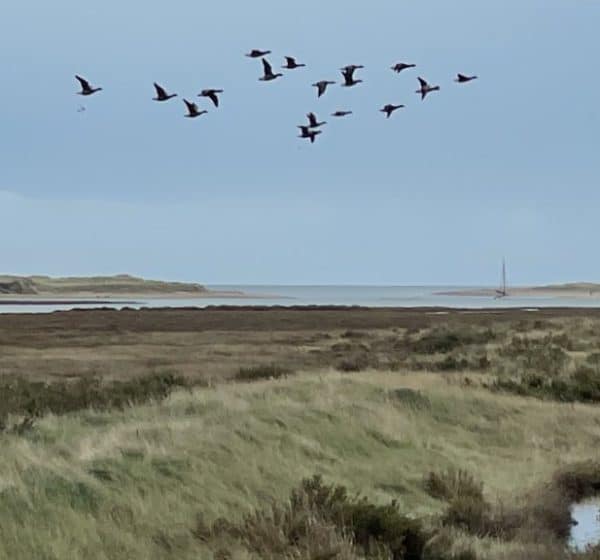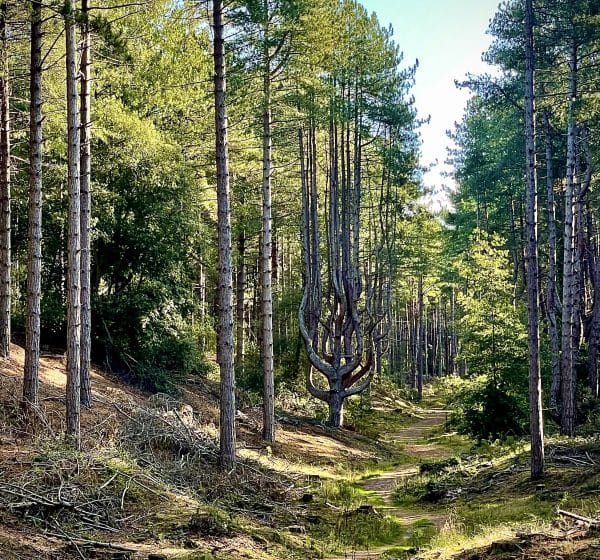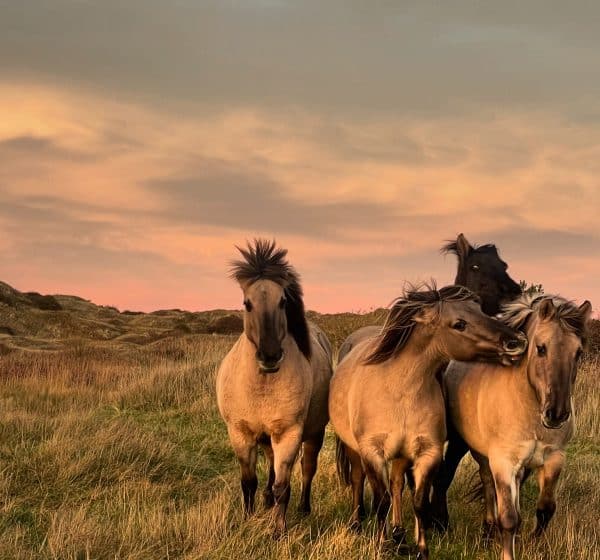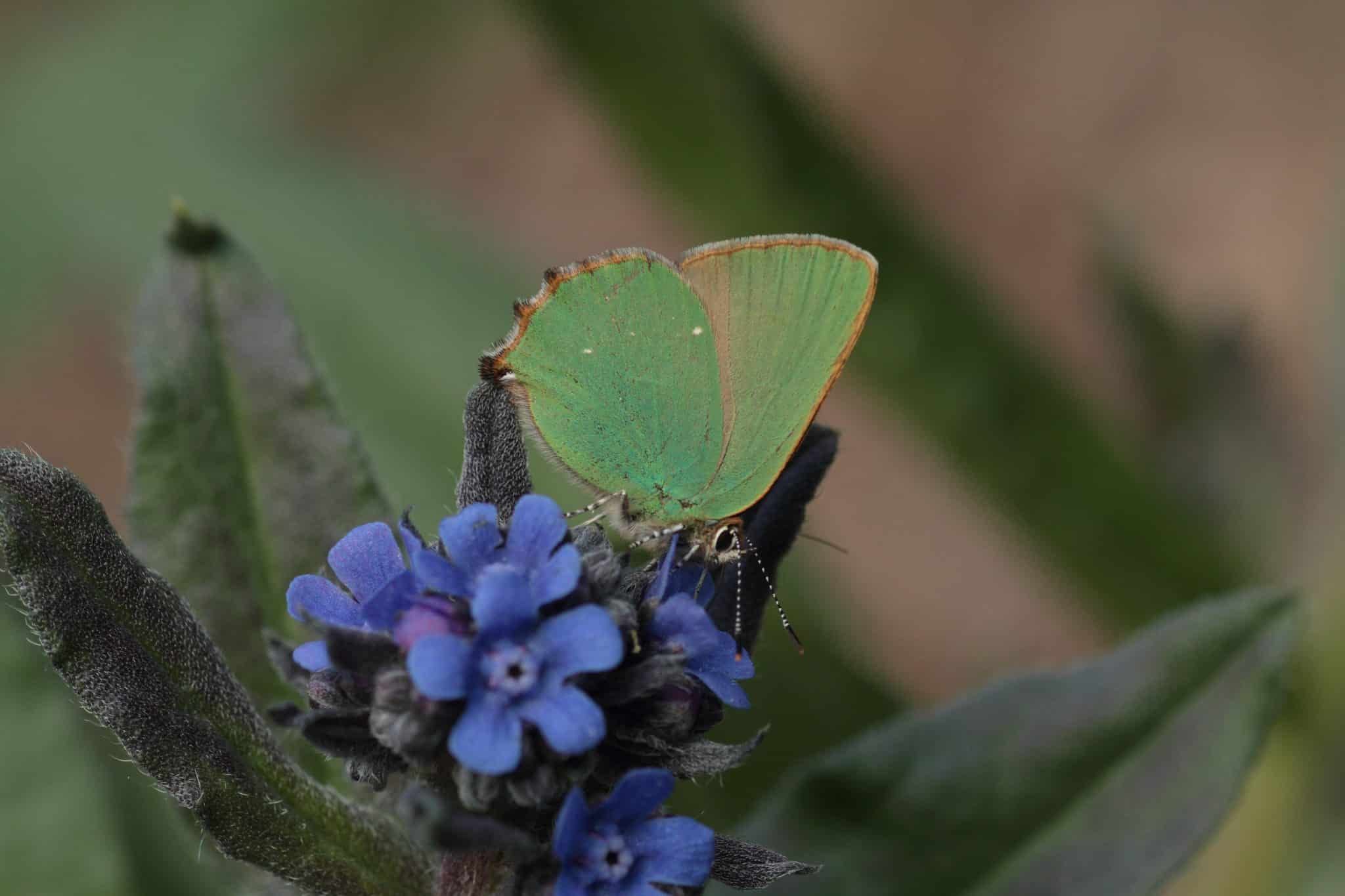
National Nature Reserve Locations
Coastal Path West of Abraham’s bosom
From water’s edge to treetopwe’re taking care
The pine woods (known as Holkham Meals) remain an important and distinctive landscape feature on the Norfolk coast. They are not natural however, as they were planted in the late 1800s as a means of stabilising the sand dunes and preventing sand blowing over onto the reclaimed arable land. Primarily Corsican pines were planted with smaller numbers of more exotic Maritime and Monterey pines alongside a more natural inner belt of native deciduous trees and shrubs.
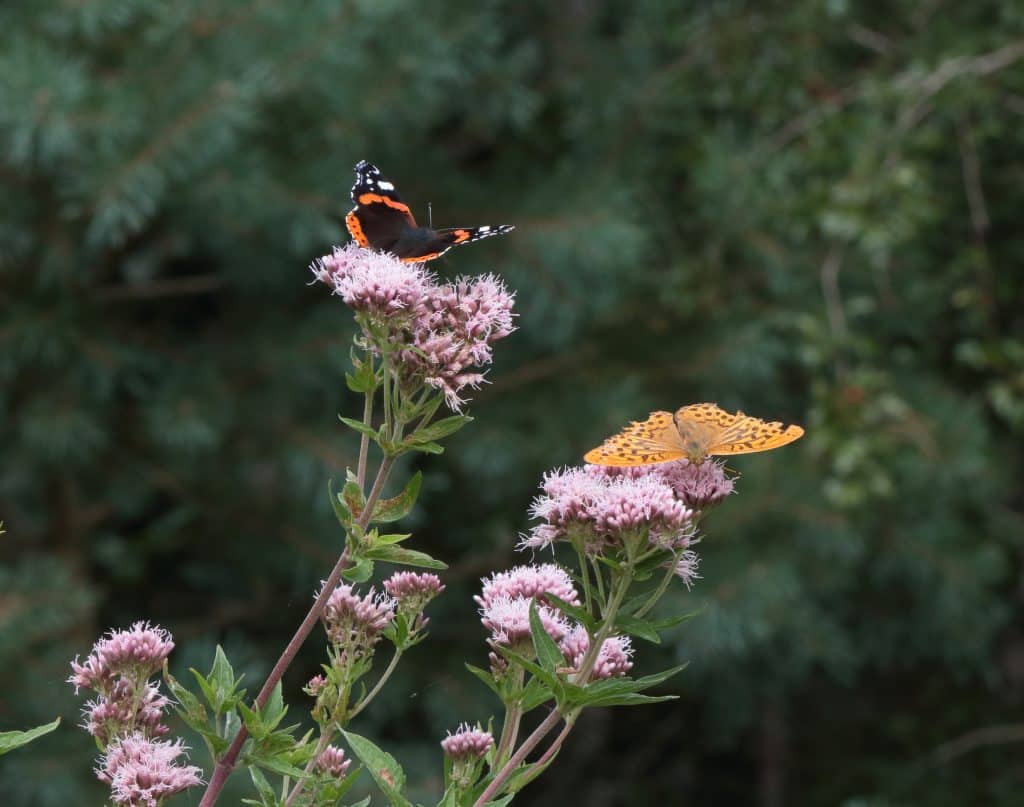

Since then, the diversity and value to nature has increased providing a home to rare wildflowers such as Creeping Ladies Tresses and Yellow Bird’s nest, butterflies such as White-letter Hairstreaks, White Admirals and Silver-washed Fritillaries. Scarce birds such as Firecrests and Crossbills occasionally nest alongside the commoner Coal Tits and Treecreepers whilst migrating songbirds often take refuge here in bad weather.
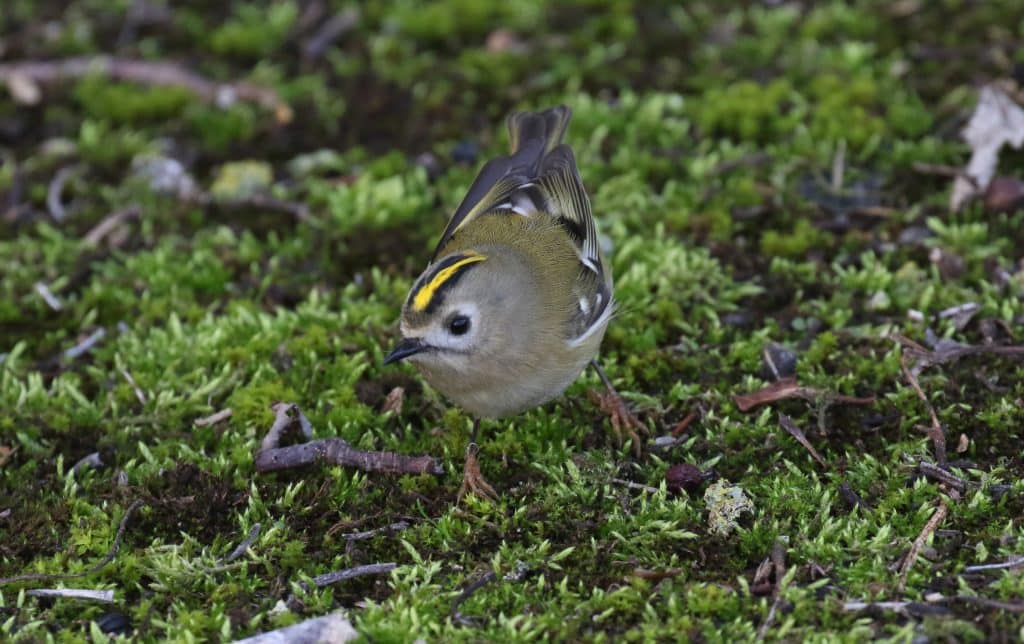
Common species then can include Goldcrests, Redstarts, Pied Flycatchers and Redwings with rarities such as Pallas’s and Yellow-browed Warblers from Siberia, Red-breasted Nuthatch from North America and Citril Finch from the Alps have all occurred.

